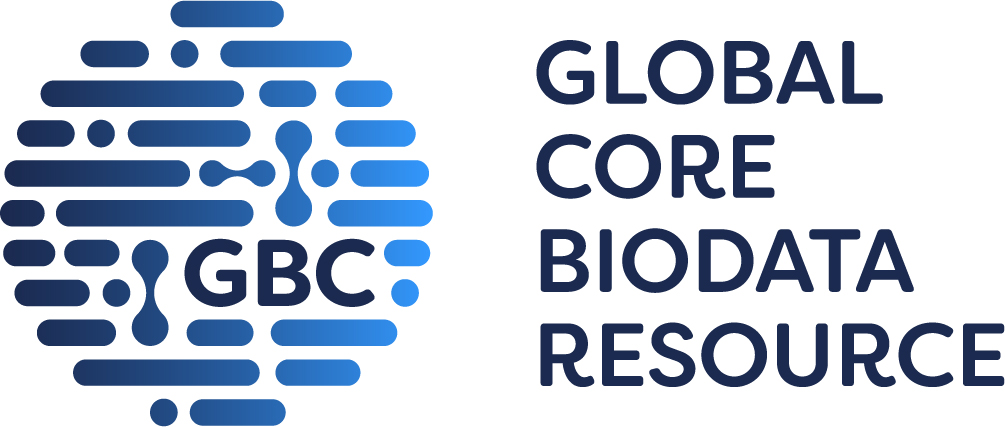
GtoPdb is requesting financial support from commercial users. Please see our sustainability page for more information.
Poly ADP-ribosylating PARPs C
Unless otherwise stated all data on this page refer to the human proteins. Gene information is provided for human (Hs), mouse (Mm) and rat (Rn).
Overview
This subfamily of four enzymes (the PARylating PARPs) catalyse the addition of poly-ADP-ribose chains as post-translational protein modifications . The best characterised members are the nuclear enzymes PARP1, PARP2 and the tankyrases (TNKSs). PARPs 1 and 2 appear to function by binding to single strand breaks in DNA, allowing the recruitment of repair enzymes by the synthesis of NAD-derived ADP-ribose polymers, that are subsequently degraded by a glycohydrolase (PARG, Q86W56). The most well defined function of the tankyrases (TNKSs) is their regulatory action on Wnt/β-catenin signalling [3]. PARPs 1 and 2 are targets of PARP inhibitor class anti-cancer drugs which are designed to disrupt the DNA damage response pathways to induce cancer cell death.
Enzymes
|
PARP1 (poly(ADP-ribose) polymerase 1)
C
Show summary »
More detailed page |
|
PARP2 (poly(ADP-ribose) polymerase 2)
C
Show summary »
More detailed page |
|
tankyrase
Show summary »
More detailed page |
|
tankyrase 2
Show summary »
More detailed page |
Further reading
How to cite this family page
Database page citation:
Poly ADP-ribosylating PARPs. Accessed on 18/12/2025. IUPHAR/BPS Guide to PHARMACOLOGY, http://www.guidetopharmacology.org/GRAC/FamilyDisplayForward?familyId=883.
Concise Guide to PHARMACOLOGY citation:
Alexander SPH, Fabbro D, Kelly E, Mathie AA, Peters JA, Veale EL, Armstrong JF, Faccenda E, Harding SD, Davies JA et al. (2023) The Concise Guide to PHARMACOLOGY 2023/24: Enzymes. Br J Pharmacol. 180 Suppl 2:S289-373.








